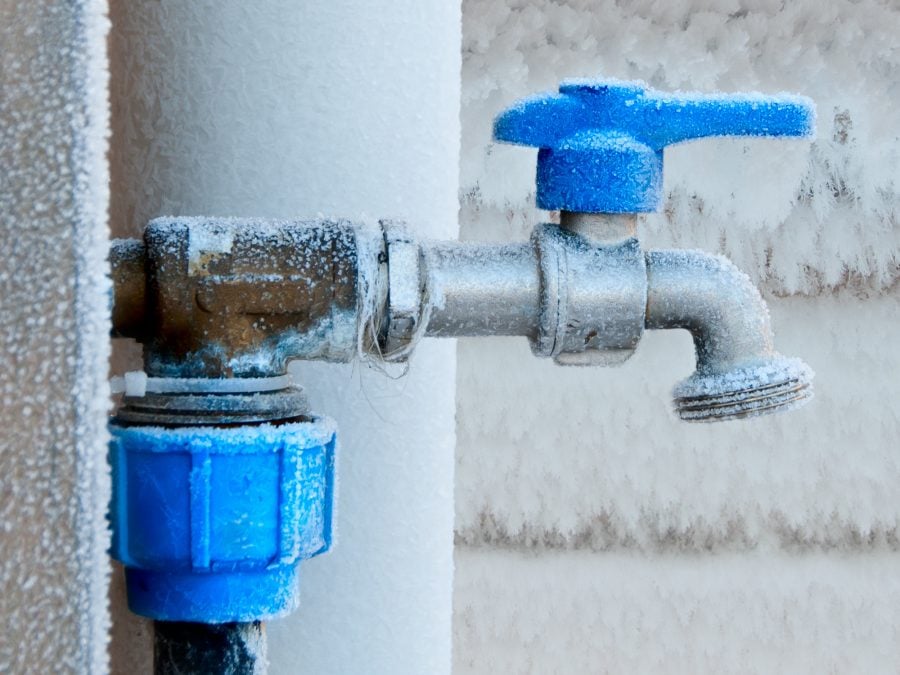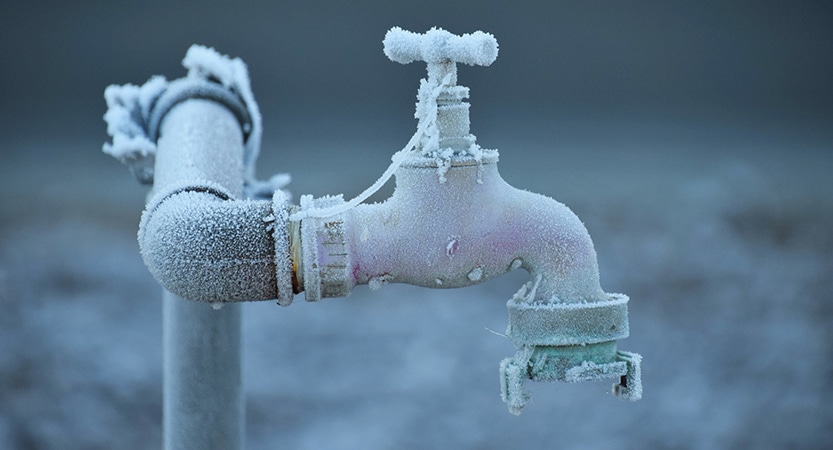Avoiding Frozen Pipes in Winter: Critical Tips
Book Your AppointmentPresented here down the page you can get a bunch of dependable facts around How to Prevent Your Pipes From Freezing.

Cold weather can wreak havoc on your plumbing, specifically by freezing pipelines. Here's exactly how to prevent it from happening and what to do if it does.
Introduction
As temperature levels decline, the danger of icy pipelines increases, potentially causing costly repair work and water damage. Recognizing how to prevent frozen pipelines is important for home owners in cold environments.
Avoidance Tips
Insulating prone pipes
Cover pipelines in insulation sleeves or utilize warm tape to shield them from freezing temperature levels. Concentrate on pipelines in unheated or external areas of the home.
Heating techniques
Keep indoor spaces appropriately warmed, particularly areas with plumbing. Open up cupboard doors to enable warm air to flow around pipes under sinks.
Exactly how to identify icy pipes
Seek lowered water flow from taps, unusual smells or noises from pipelines, and visible frost on revealed pipes.
Long-Term Solutions
Architectural adjustments
Consider rerouting pipelines far from exterior wall surfaces or unheated areas. Add additional insulation to attics, basements, and crawl spaces.
Upgrading insulation
Purchase high-grade insulation for pipelines, attic rooms, and walls. Proper insulation helps keep regular temperature levels and lowers the danger of icy pipelines.
Protecting Outdoor Pipes
Yard hose pipes and outside taps
Separate and drain garden hose pipes prior to winter months. Mount frost-proof faucets or cover exterior faucets with insulated caps.
Understanding Frozen Pipes
What causes pipes to freeze?
Pipes freeze when exposed to temperature levels below 32 ° F (0 ° C) for extended durations. As water inside the pipes ices up, it increases, taxing the pipeline walls and potentially causing them to burst.
Dangers and problems
Frozen pipelines can result in supply of water disturbances, home damages, and expensive repair work. Burst pipelines can flood homes and trigger comprehensive structural damage.
Indications of Frozen Pipes
Determining icy pipelines early can prevent them from rupturing.
What to Do If Your Pipelines Freeze
Immediate actions to take
If you presume frozen pipes, keep taps open to ease pressure as the ice melts. Use a hairdryer or towels taken in hot water to thaw pipes slowly.
Verdict
Preventing icy pipes requires positive procedures and quick reactions. By comprehending the causes, indicators, and preventive measures, property owners can safeguard their plumbing throughout cold weather.
Helpful Tips to Prevent Frozen Pipes this Winter
UNDERSTANDING THE BASICS: WHY PIPES FREEZE AND WHY IT’S A PROBLEM
Water freezing inside pipes is common during the winter months, but understanding why pipes freeze, and the potential problems it can cause is crucial in preventing such incidents. This section will delve into the basics of why pipes freeze and the associated problems that may arise.
THE SCIENCE BEHIND FROZEN PIPES
When water reaches freezing temperatures, it undergoes a physical transformation and solidifies into ice. This expansion of water as it freezes is the primary reason pipes can burst. As the water inside the pipe freezes, it expands, creating immense pressure on the walls. If the pressure becomes too great, the pipe can crack or rupture, leading to leaks and water damage.
FACTORS THAT CONTRIBUTE TO PIPE FREEZING
Low Temperatures: Extremely cold weather, especially below freezing, increases the risk of pipes freezing. Uninsulated or Poorly Insulated Pipes: Pipes located in unheated areas, such as basements, crawl spaces, or attics, are more prone to freezing. Insufficient insulation or lack of insulation altogether exacerbates the problem. Exterior Wall Exposure: Pipes running along exterior walls are susceptible to freezing as they encounter colder temperatures outside. Lack of Heating or Temperature Regulation: Inadequate heating or inconsistent temperature control in your home can contribute to frozen pipes. PROBLEMS CAUSED BY FROZEN PIPES
- Pipe Bursting: As mentioned earlier, the expansion of water as it freezes can cause pipes to burst, resulting in significant water damage.
- Water Damage: When pipes burst, it can lead to flooding and water damage to your property, including walls, ceilings, flooring, and personal belongings.
- Structural Damage: Prolonged exposure to water from burst pipes can compromise the structural integrity of your home, leading to costly repairs.
- Mold and Mildew Growth: Excess moisture from water damage can create a favorable environment for mold and mildew growth, posing health risks to occupants.
- Disrupted Water Supply: Frozen pipes can also result in a complete or partial loss of water supply until the issue is resolved.
WHY CERTAIN PIPES ARE MORE PRONE TO FREEZING
- Location: Pipes located in unheated or poorly insulated areas, such as basements, crawl spaces, attics, or exterior walls, are at higher risk of freezing.
- Exterior Pipes: Outdoor pipes, such as those used for irrigation or exposed plumbing, are particularly vulnerable to freezing as they are directly exposed to the elements.
- Supply Lines: Pipes that carry water from the main water supply into your home, including the main water line, are critical to protect as freezing in these lines can affect your entire plumbing system.
- Underground Pipes: Pipes buried underground, such as those connected to sprinkler systems or outdoor faucets, can be susceptible to freezing if not properly insulated.
https://busybusy.com/blog/helpful-tips-to-prevent-frozen-pipes-this-winter/

As a fervent reader about How to prepare your home plumbing for winter weather, I thought sharing that excerpt was a smart idea. Sharing is good. You just don't know, you may just be doing someone a favor. Thanks for taking the time to read it.
Call Today